Written by Guest Contributor on The Prepper Journal.
Editors Note: A guest contribution from Herman Davis to The Prepper Journal. As always, if you have information for Preppers that you would like to share and be entered into the Prepper Writing Contest with a chance to win one of three Amazon Gift Cards with the top prize being a $300 card to purchase your own prepping supplies, then enter today!
A natural disaster can occur at any time without warning and have a devastating impact, not only on homes but businesses as well. For owners, this could end up feeling like a Hollywood movie or a nightmare, but the reality, however, is that this is something thousands of businesses experience every year. A natural disaster can affect your company in a number of ways. To make matters worse, your employees, customers, vendors, competitors, and the local community can also be impacted by the chaos.
Assessing the damage done to your organization, of course, will help you put a plan together so you can clean-up and make the necessary changes to get your business up and running again. Having an emergency plan is your best bet because research shows that 74 percent of all small businesses don’t have disaster recovery plans to help their company survive the aftermath. The same study shows that another 84 percent don’t even have disaster insurance, which could leave the company paying for everything out of pocket, forcing them to close their doors permanently.
Remember, disasters come in all different shapes and sizes. Even a malfunctioning sprinkler system could lead to a company being forced to close their doors for weeks or months to come. If you’re already dealing with a disaster, then time is something you can’t waste. However, if time isn’t against you and you have a chance to prepare your company for an emergency, then be sure to look at things from a different perspective.
In other words, don’t just focus on small tasks; instead, take everything into consideration. Evaluating your threats is just one of five ways to protect your business income, which means there are plenty of other areas (like customer service) you’ll need to develop a plan for. That said, make sure you keep the following in mind:
Contact Your Insurance Agent: After a natural disaster has occurred, what’s the first thing you should do before cleaning up and removing items? The answer: contact your insurance agent. Even if you don’t know how many items were damaged while you were away, the insurance company will tell you everything they need to know to further support your claim. Some insurance companies — like Progressive, for example — requires you to make a list of everything damaged, lost, or destroyed. You might even be asked to take photos or record anything that’s been ruined. Other companies might send their own agents out to document the damage and get an estimate of the overall cost. Taking photos of specific valuables and assets BEFORE there is an emergency and filing them with your insurer is a good start to an emergency plan.
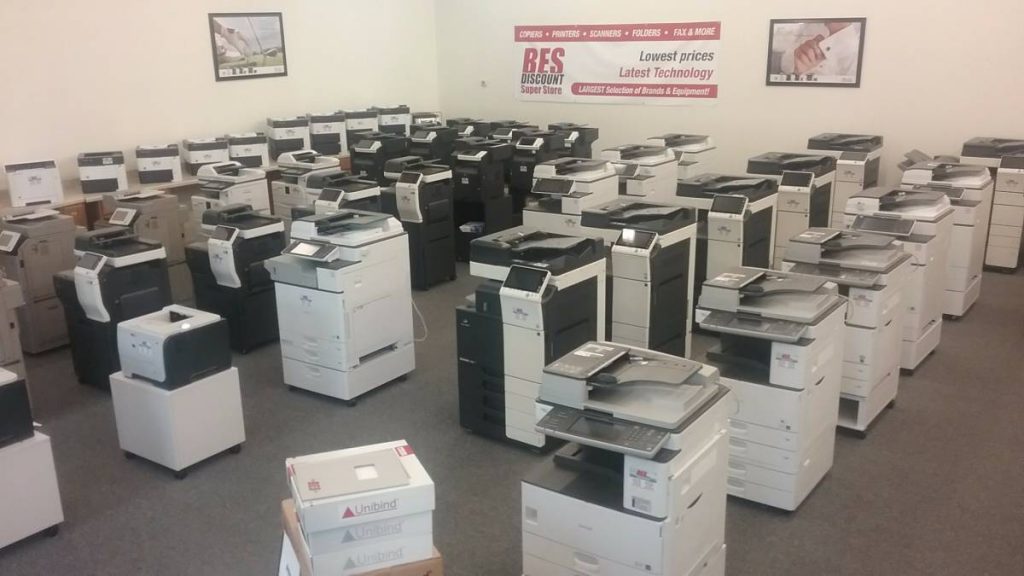
Whatever the case, always follow the instructions your insurance agent gives you, especially at a time like this, so you aren’t stuck paying for everything yourself. During that time, you should also get familiar with their policies. Most insurance companies have policies in place that require owners to take reasonable actions ahead of time to minimize as much damage as possible. For instance, if your roof is broken from a flood, your agent might encourage you to put a tarp over it as soon as possible to prevent any more leaks from happening. If you have furniture that hasn’t been damaged, then they’ll more than likely ask you to store it somewhere safe.
If insurance documents get lost due to the high winds from the disaster, don’t panic. Insurance companies keep electronic copies of policies at their location; therefore, all you need to do is confirm who you are — the business owner. If your organization isn’t covered by insurance, then see if you can make a claim under your income insurance protection.
Reach Out to Your Employees: Going digital truly does grant a fresh perspective, which makes it easier for organizations to stay in contact with customers, vendors, and most importantly, employees. A company’s ability to recover from a catastrophic event typically depends on how quick their employees can get back to work. If you’re in the marketing industry, for example, recovering might be a little bit easier since employees can still find ways to improve your business right from home. If you’re in the construction industry, however, then things could be a bit more difficult. As a general rule, construction companies should make sure that all employees, supervisors, and superintendents have everyone’s contact information.
This will make touching base with your employees a lot easier — not only to discuss work projects but to check on their family’s and communicate emergency news as well. If everyone is safe and out of harm’s way, the next thing you can do is reach out to customers, and vendors to let them know where the company stands at the moment. This will help you and your employees determine if there are any projects that need to be postponed or delayed.
Save for the Unexpected: It should come to no surprise to hear that every business strives to be successful, but is it possible to save for an emergency while trying to build up your company? Of course, as long as you’re willing to put in the time. Although planning for a disaster isn’t easy, starting a solid plan for your business early on is key to your success, and that includes smart budgeting.
As a general practice, you should have at least three months worth of savings to cover any expenses. Why? Well, because setting aside emergency funds can help your company get by in case the building needs any urgent repairs. If the idea of putting thousands of dollars away into a saving account is foolish, just remember, this is an investment that will help your business in the long run.
As owners, there are things you can control — like your organization — and there are things you can’t — like mother nature. So, taking steps to create an emergency account should be a part of your business plan. What’s equally important is knowing how to spend it — the when and why. To help with this process, create a sheet that has sufficient reasons why you should pull from your emergency funds. Some reasons might include things like:
- Disability
- Disasters
- Injuries
- Increase in material cost
Not every event has to be a natural disaster for owners to dip into their emergency account, but let’s imagine it is. The most common question regarding emergency funds is: “How much should I have stored away in my savings account?”
As stated before, you want to have at least three months minimum to help cover those unexpected bills. In order to do so successfully, calculate your monthly budget, and make sure you include payrolls, all bills and additional expenses (like property cost). Once you have those numbers all figured out, the last set of numbers you need to add in are from your salary. This will help you figure out your goal when it comes to saving.
Think of your savings account as another utility bill. Depending on your income and the company’s expenses, it might take you eight months or two years to reach your financial goal. But you’ll get there as long as you stick to your budget plan. The success of your business depends on how much time you’ve invested in the preparation. After all, an emergency fund could make the difference between your business rising or it closing its doors for good.
The author loves taking advantage of the sunny weather outside. If you can’t catch him online, you might be able to catch him out playing football with friends or cheering on the Boise State Broncos. You can follow him on Twitter at @Davis241.
Follow The Prepper Journal on Facebook!
The post How to Rebuild A Business Organization After a Natural Disaster appeared first on The Prepper Journal.
from The Prepper Journal
Don't forget to visit the store and pick up some gear at The COR Outfitters. How prepared are you for emergencies?
#SurvivalFirestarter #SurvivalBugOutBackpack #PrepperSurvivalPack #SHTFGear #SHTFBag

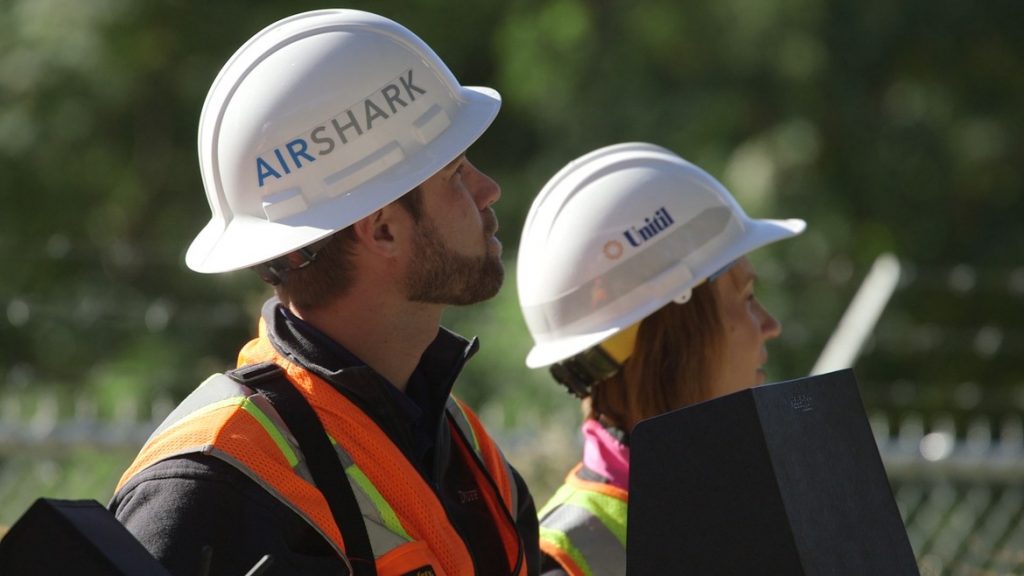
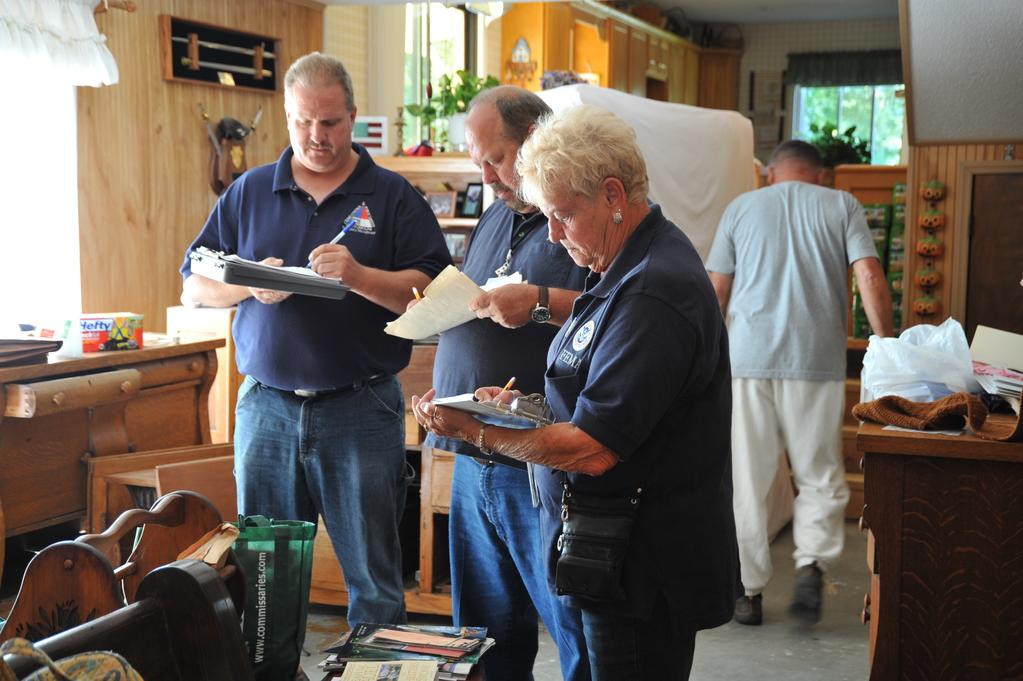
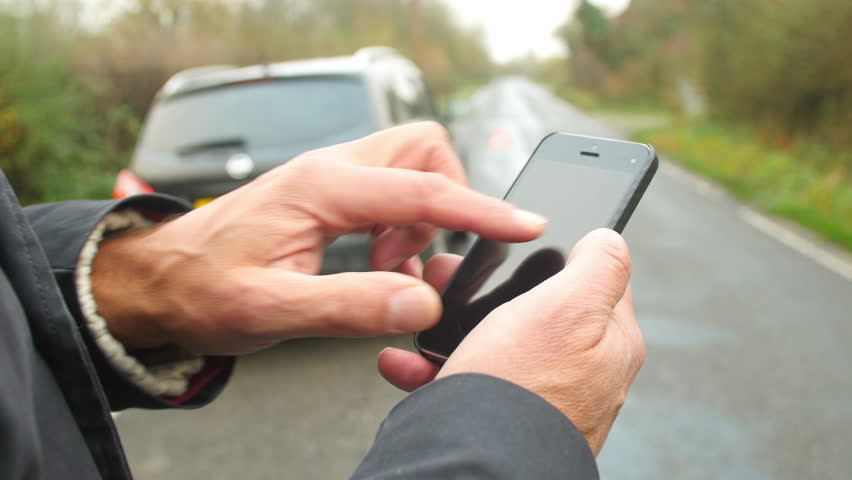




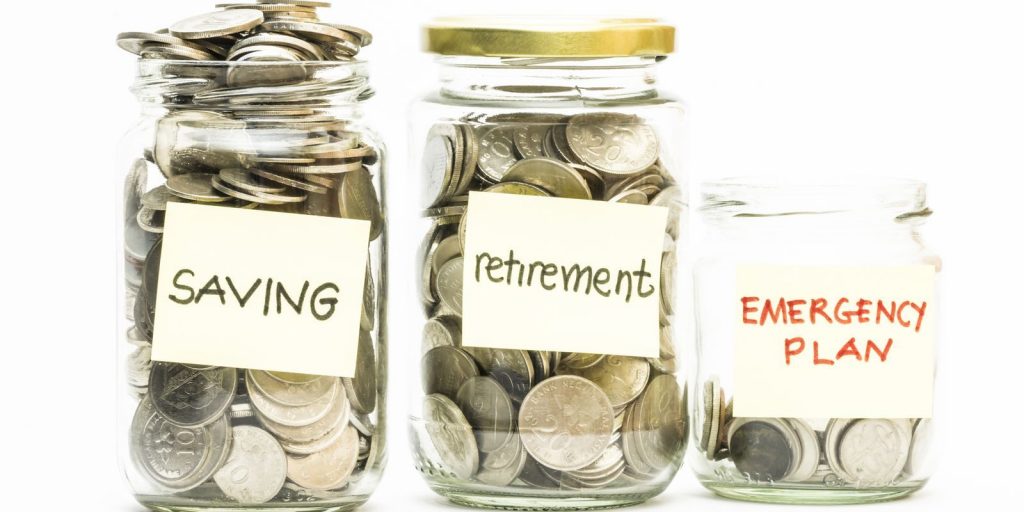

No comments:
Post a Comment